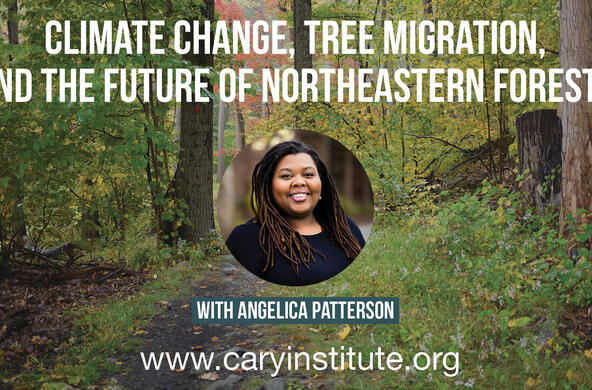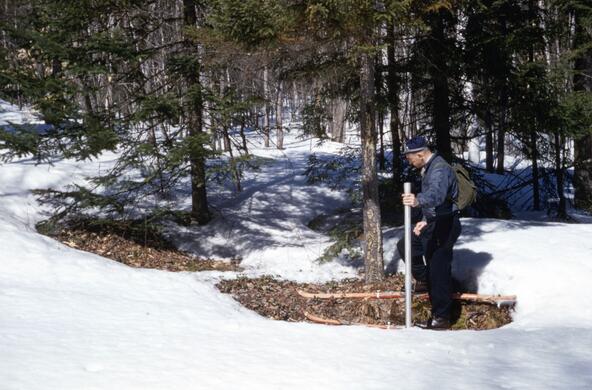Most of us know how well snow and ice reflect sunlight, often blinding us on a sunny day after a fresh snowfall. The reflection of sunlight from the surface of the Earth, including its atmosphere, is known as albedo, which amounts to about 30 percent of incoming sunlight averaged over the entire globe for a year. Satellite measurements suggest that albedo hasn’t changed much in the past few decades. (See: Moonshine and Earthshine).
The albedo of the Earth is greatest in its polar regions, where vast icepacks have accumulated. Ice reflects about 60 percent of the radiation falling upon it. Climate scientists worry that with the loss of the Arctic ice cap, the Earth’s albedo will decrease, since exposed sea water absorbs more of the Sun’s radiation than the ice that once covered it. Decline in surface albedo in the Arctic is estimated to have contributed about 0.45 W/m2 of regional radiative forcing (a measure of the change in the Earth’s energy balance with space that drives climate change)—a significant addition to the average of 2.3 W/m2 that is primarily due to the emission of greenhouse gases, such as carbon dioxide, to our atmosphere.
Other changes on the Earth’s surface are also likely to cause changes in its albedo. When forests cover the landscape, they increase the absorption of incoming sunlight (i.e., lower the albedo). The northward invasion of forests in the boreal region is likely to increase the warming of the Earth, as forests replace snow-covered landscapes that once reflected sunlight.
Normally, we think of forests as acting as a “sink” for carbon dioxide in the atmosphere—that is removing carbon dioxide and storing the carbon in woody biomass. Planting forests is often recommended to increase the carbon sequestration in wood and soils to lower the potential for global warming of the atmosphere. But, it is important to recognize that greater forest cover also changes the albedo of the landscape.
Reforestation of Europe is estimated to have contributed about 0.12 W/m2 to the energy budget during the past 250 years. Reforestation in warm temperate regions is likely to be more effective in mitigating climate change than a greater growth of forests in the boreal zone, where snow once covered the landscape.
Changes in what covers the land—snow, ice, trees and barren soils—can have indirect effects on climate that must be included in all models of future climate. Losses of snow and ice at high latitudes and in polar regions are likely to reinforce the warming of the Earth.
References
Alkama, R. and A. Cescatti. 2016. Biophysical climate impacts of recent changes in global forest cover. Science 351: 600-604.
Betts, R.A. 2000. Offset of the potential carbon sink from boreal forestation by decreases in surface albedo. Nature 408: 187-190.
Flanner, M.G., K.M. Shell, M. Barlage, D.K. Perovich, and M.A. Tschudi. 2011. Radiative forcing and albedo feedback from the Northern Hemisphere cryosphere between 1979 and 2008. Nature Geoscience 4: 151-155.
Mykleby, P.M., P.K. Snyder, and T.E. Twine. 2017. Quantifying the trade-off between carbon sequestration and albedo in midlatitude and high-latitude North American forests. Geophysical Research Letters doi: 10.1002/2016GL071459.
Naudts, K., Y. Chen, M.J. McGrath, J. Ryder, A. Valade, J. Otto, and S. Luyssaert. 2016. Europe’s forest management did not mitigate climate warming. Science 351: 597-600.
Randerson, J.T. and 13 others. 2006. The impact of boreal forest fire on climate warming. Science 314: 1130-1132.







